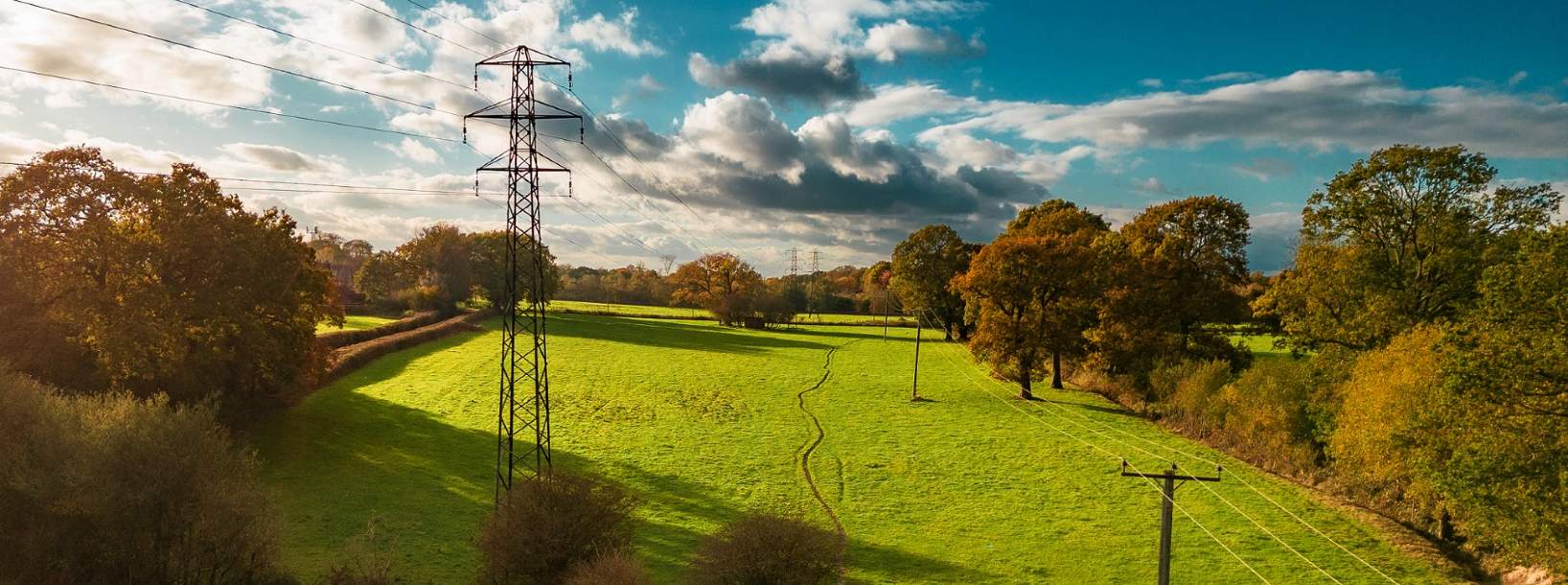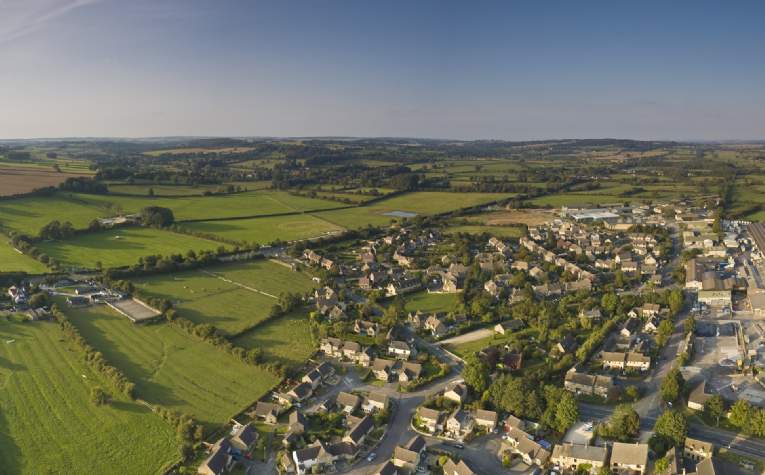The most visible of the utilities are cross-country power lines and the attendant network of wooden poles for local distribution. At first glance, plans to replace overground infrastructure with underground alternatives seems simple: by removing the visual evidence of the network it will improve the landscape.
However, the decision is not that straightforward. National Landscapes are not only designated for their visual importance, the designation encompasses the ‘sum of its sense of place’: the contribution that geology, landform, and species (animal and plant) give to an area which has, through the ages, contributed to the shape of the heritage, culture, language and industry of a place.
Underground does not mean invisible
Undergrounding of infrastructure is also a long-term strategy; remediation and successful habitat restoration comes a long way, sometimes decades, after the completion of the work and will not negate some of the visual impacts of utility cables. There will still be overground evidence of the line of the cabling as tree planting and the natural regeneration of tree cover as well as scrub regrowth will need to be controlled for a strip that extends above and three metres to each side of the cable trench to prevent root infiltration and damage.
While you remove the obvious above ground impact of pylons, the route of the cabling will still draw an unnaturally straight line through the landscape. The land use within the cable easement strip will also be restricted.
Repairs and replacement
There is also the question of repairs and replacement. Identifying faults in undergrounded cables takes longer and any investigation or repair will require excavation of the trenches, causing traffic disruption in urban areas and further habitat disruption in rural locations. On average, resolving faults in undergrounded cables (400kV) takes up to 25 times longer than to a comparable overground cable according to National Grid.
The benefits of underground cables
The benefits of undergrounding cables do not just extend to the visual impact. The impact of electrical fields around power lines is completely eliminated by undergrounding, and the range of magnetic fields generated is much narrower. Undergrounding also reduces the risk of potential injury from contact with power cables – gone is the accidental contact with above ground machinery, but there is still a small risk from future ground operations that might impact the integrity of trenches.
While it is undeniable that removing overhead power lines from National Landscapes can add value to the ‘sense of place’, there is not a simple yes or no decision to make. It needs to take into consideration the habitats, local communities, heritage and cultural assets that will be impacted by the immediate works and long-term management as well as the financial cost of the project, and whether a route that includes a protected landscape should be avoided altogether.

.jpg)
.jpg)

.jpg)
.jpg)
.jpg)
.jpg)
.jpg)

.jpg)